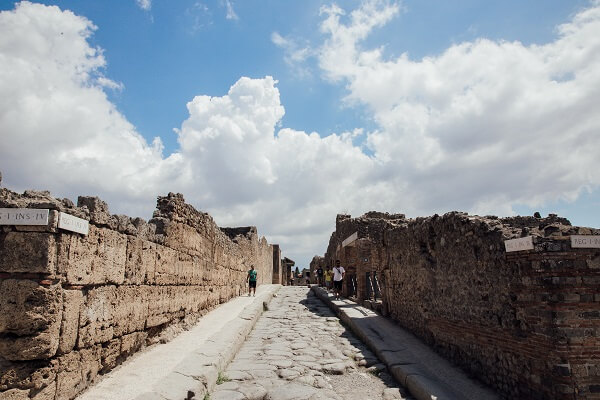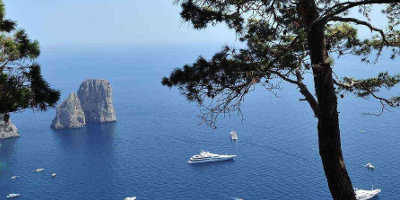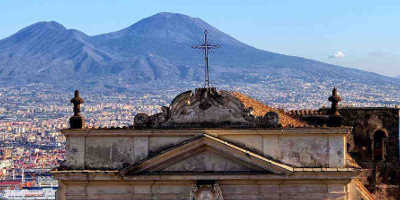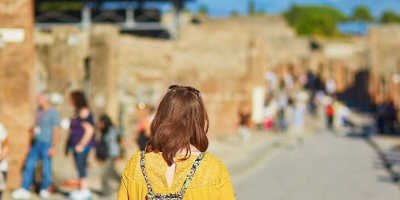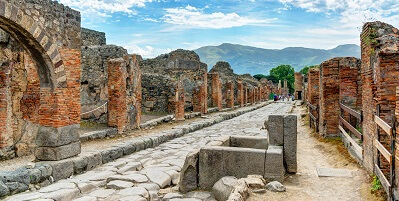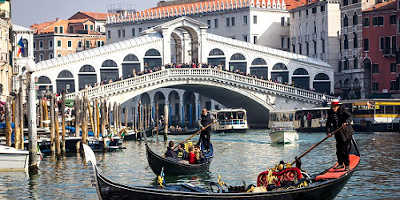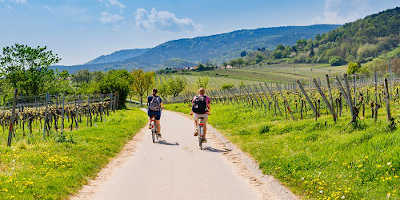Is Pompeii close to Naples or Sorrento?
Pompeii, one of the world’s strangest landmarks, is a testament to nature’s wrath and its ability to ruin EVERYTHING in an instant. After all, those Pompeiani had a pretty good thing going: they had theatres, manor houses, invigorating baths and everything else you would expect in a thriving Roman citadel.
Perhaps Mount Vesuvius was jealous of their fun, as one day in AD 79 it decided to shower its burning ash and pumice across the town, burying its inhabitants and buildings for almost 2,000 years until, of course, a few archaeologists came along and disturbed its eternal slumber!
It’s great for history buffs, though, as now you can tour Pompeii and take in the vibe of daily life before the volcano was like, ‘nup, I’m not having this’ and then vomited hot elements all over it.
So, if you find yourself wanting to visit this intriguing – albeit eerie – landmark, you have multiple choices, two of which are grand old Napoli and gorgeous Sorrento.
Both towns are about equal distance from the archaeological site, but, to be honest, we recommend basing yourself in Sorrento: it’s the perfect way to explore the Sorrentine Peninsula as well as the glittering Amalfi Coast.
Of course, if you’re more of a city chiller, you might want to base yourself in Naples to make the Pompeii day trip, but Sorrento is really that beautiful and you might end up regretting your choice if you make a trip from Naples to the peninsula post-Pompeii!
Either way, your Pompeii pilgrimage is sure to be a fascinating experience, especially when you find yourself marvelling at these ruins:
The House of the Faun
Not everybody in Pompeii was rich, but some people were, and they had what appear to be some pretty lavish digs, the likes of which The House of the Faun would have been a pearler.
The home is named as such for the cheeky little faun statue that adorns the villa’s courtyard like a lasting testament to the grandeur the city once enjoyed.
The theatres
Those Romans loved a good show, and the Pompeiani loved it so much they had three amphitheatres dedicated to performances big and small. Hence the names of two of the theatres: the Small and Large ones.
They are one of the most well-preserved sites in all of Pompeii, especially when you consider their size in contrast to some of the smaller sites in this strange and spectacular landmark…

